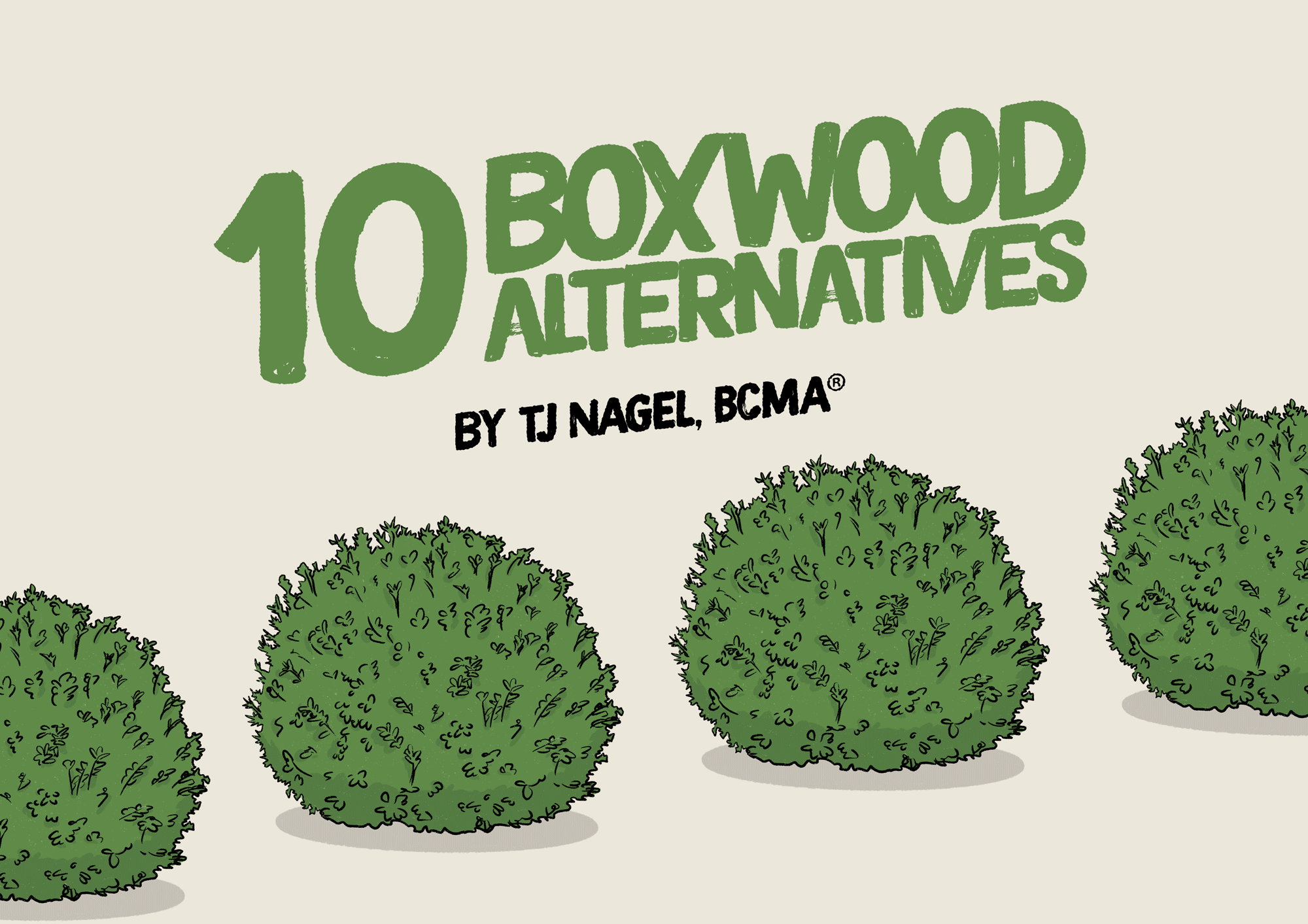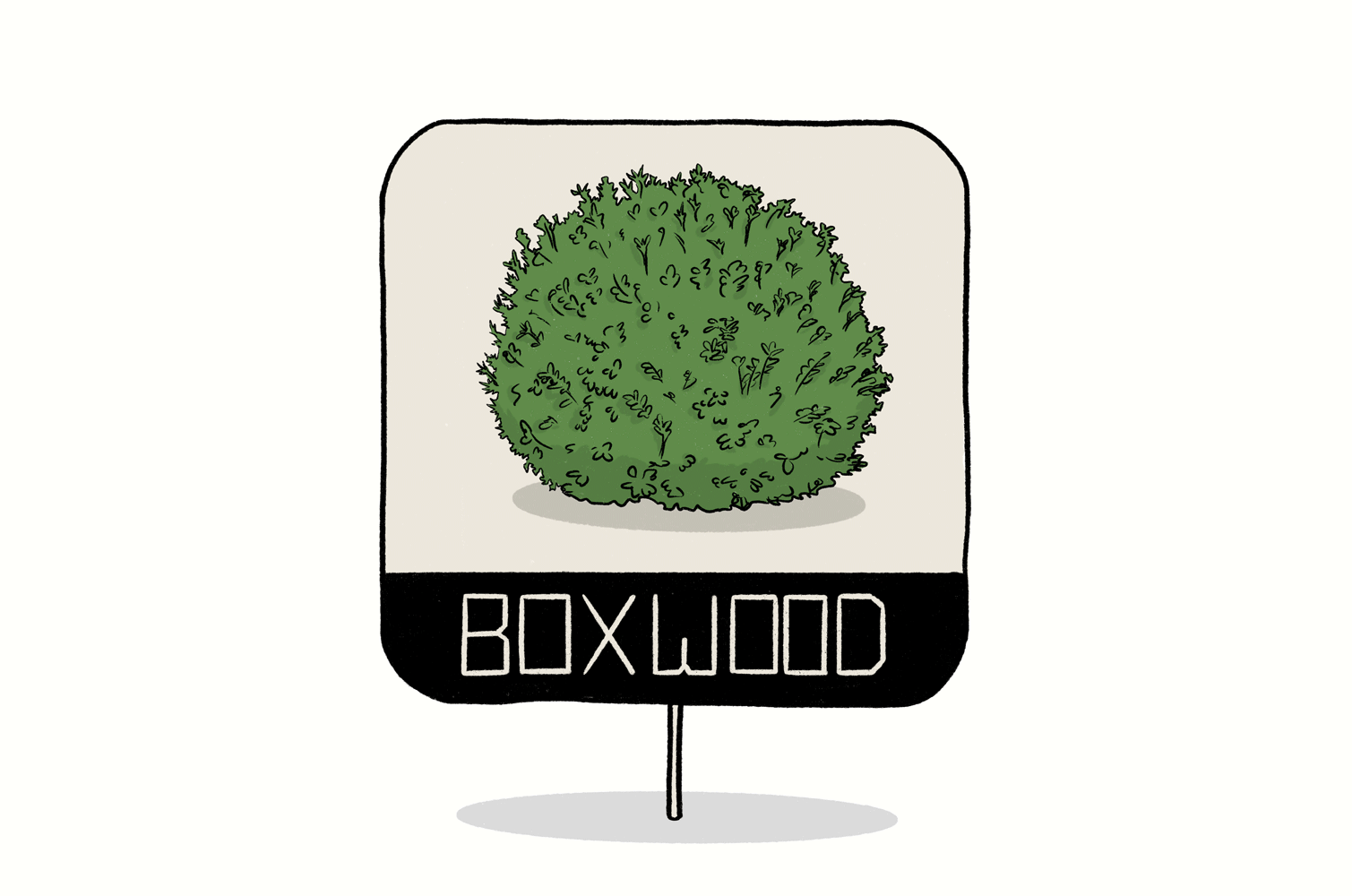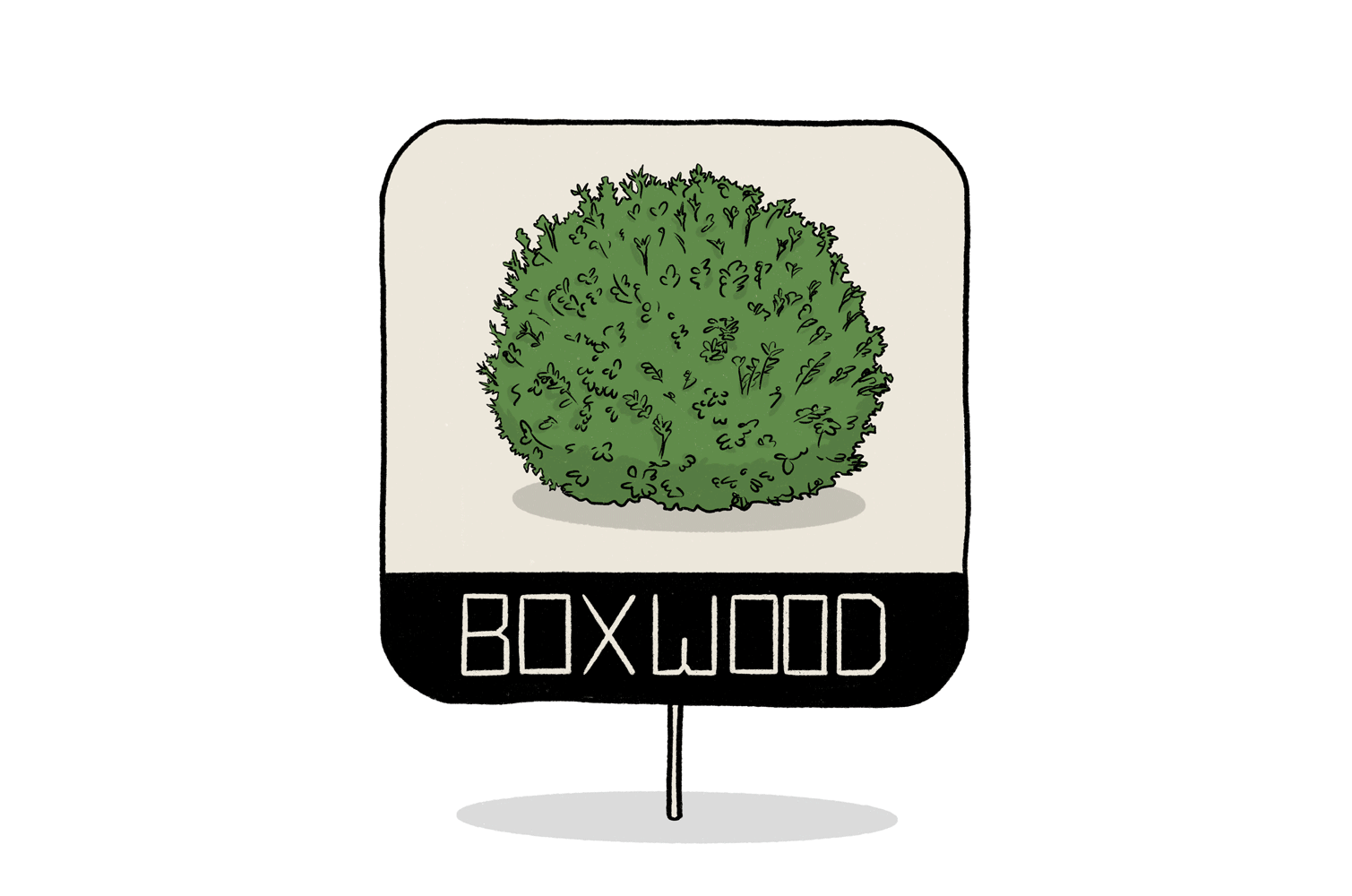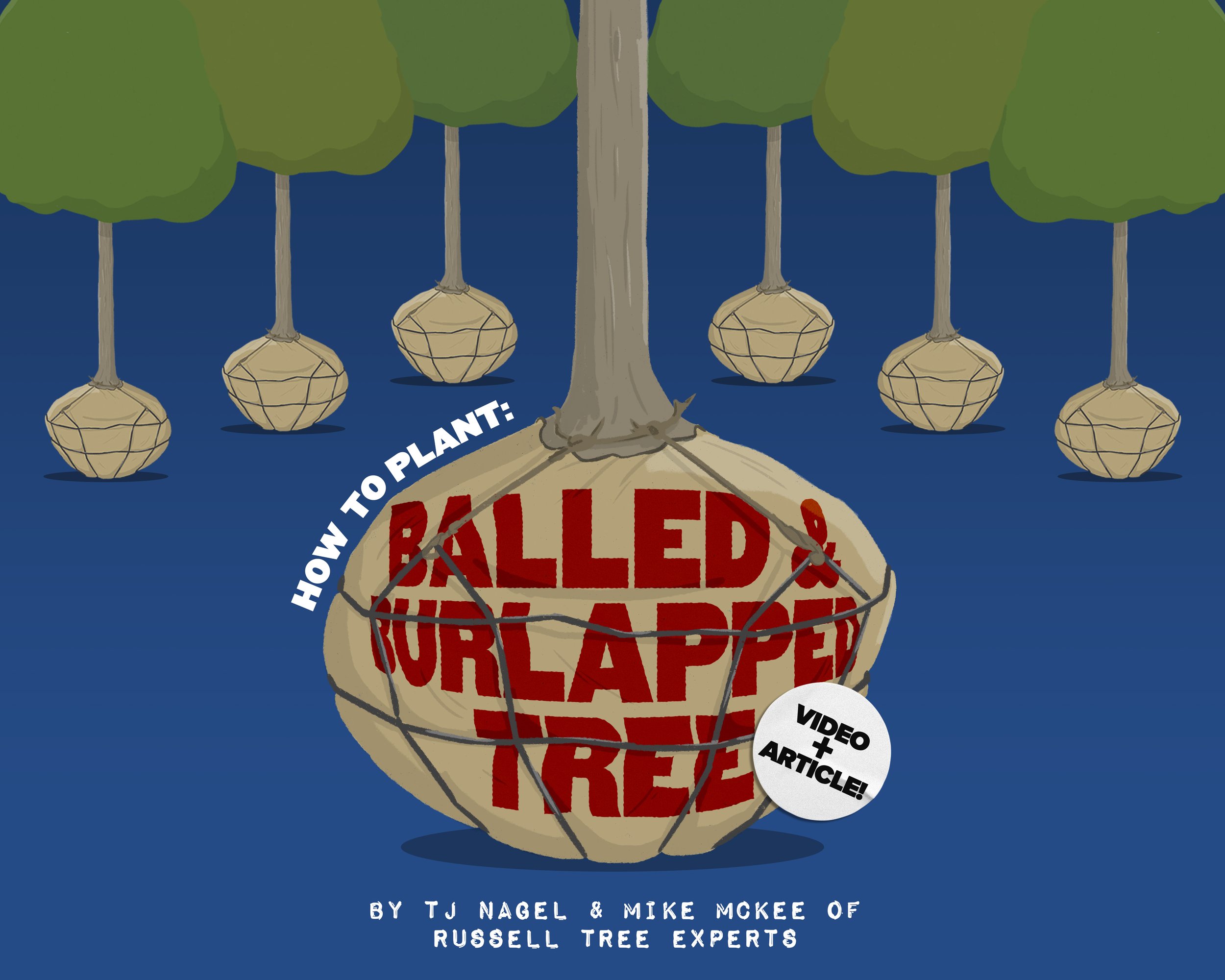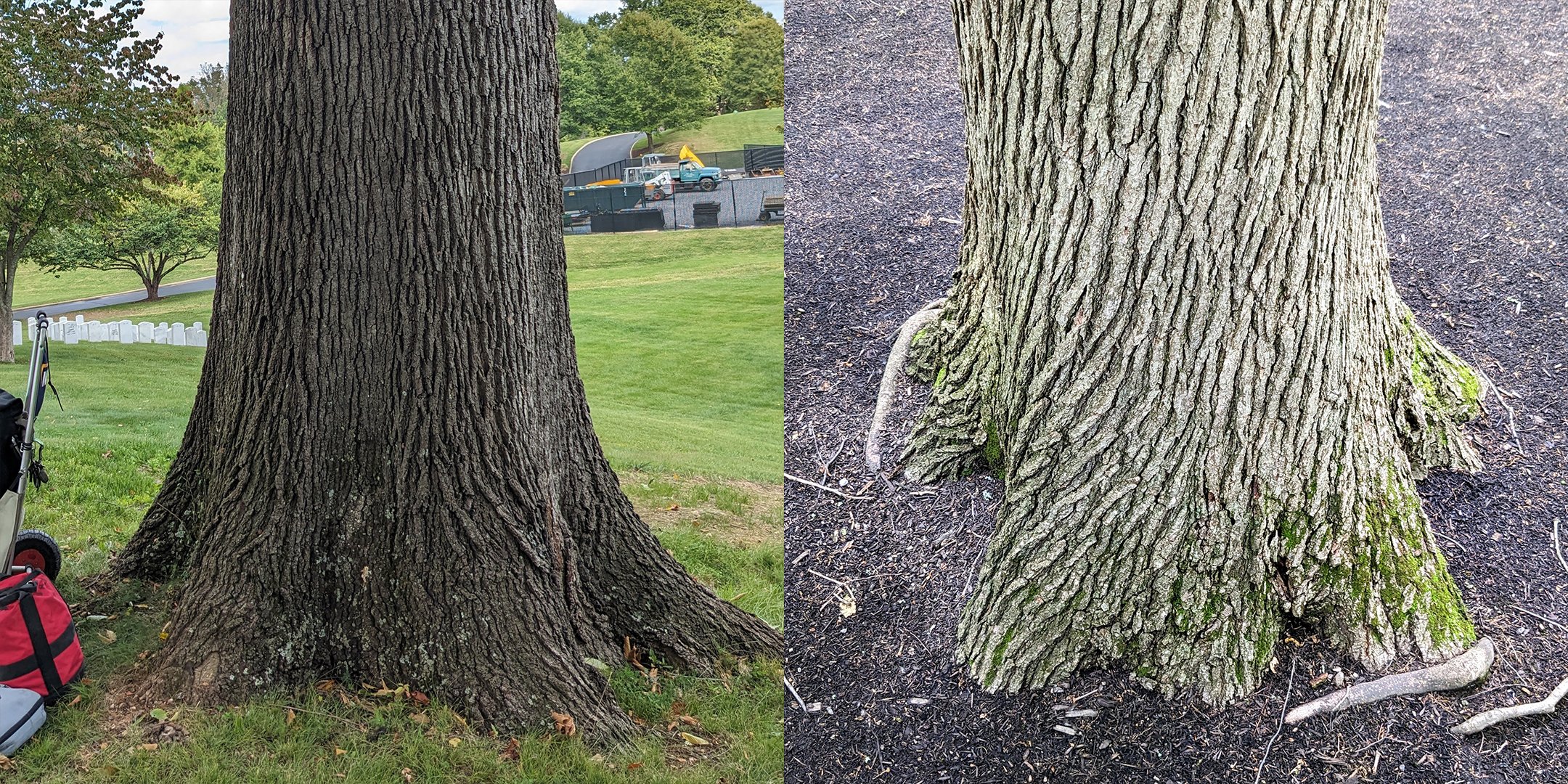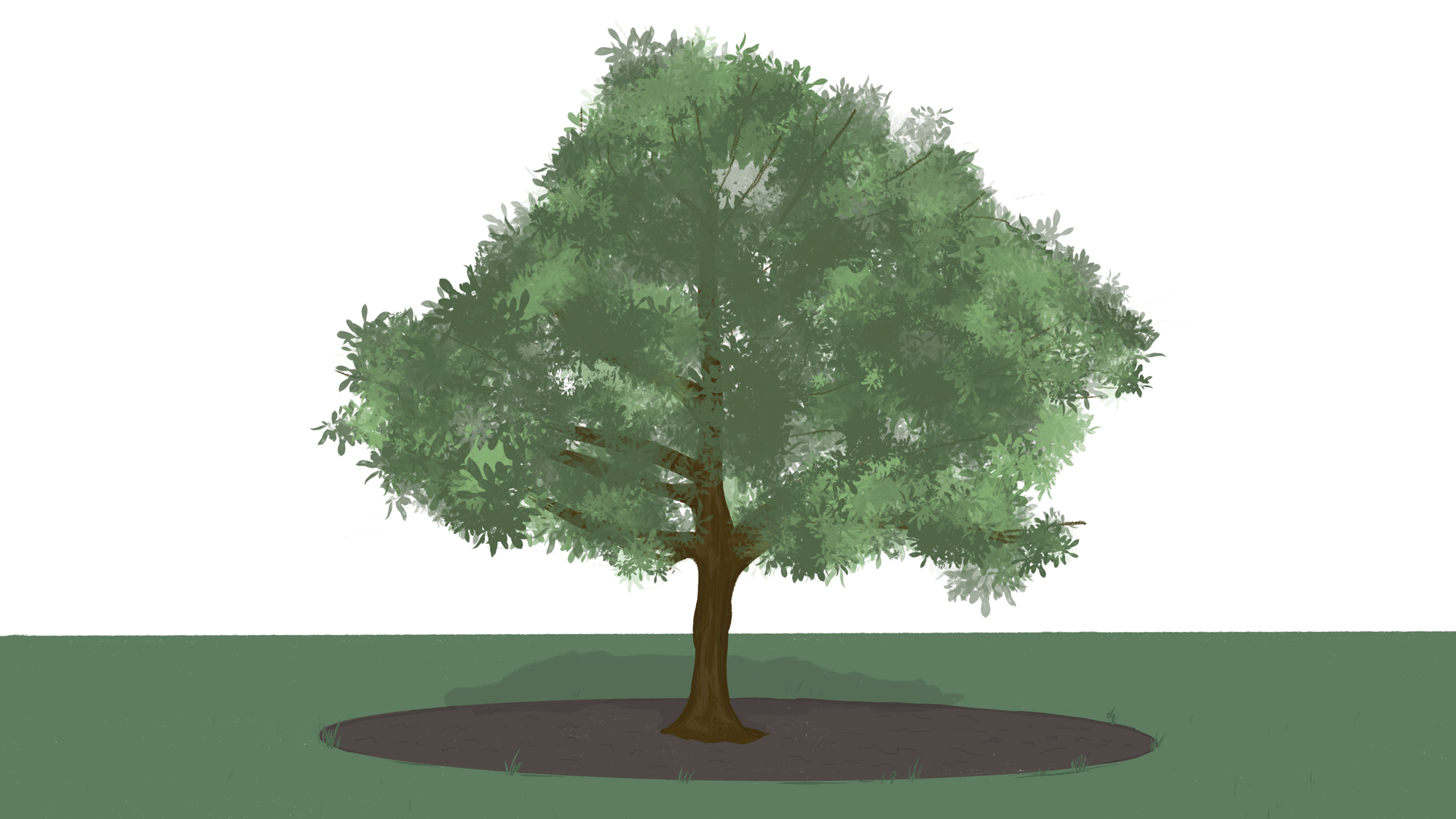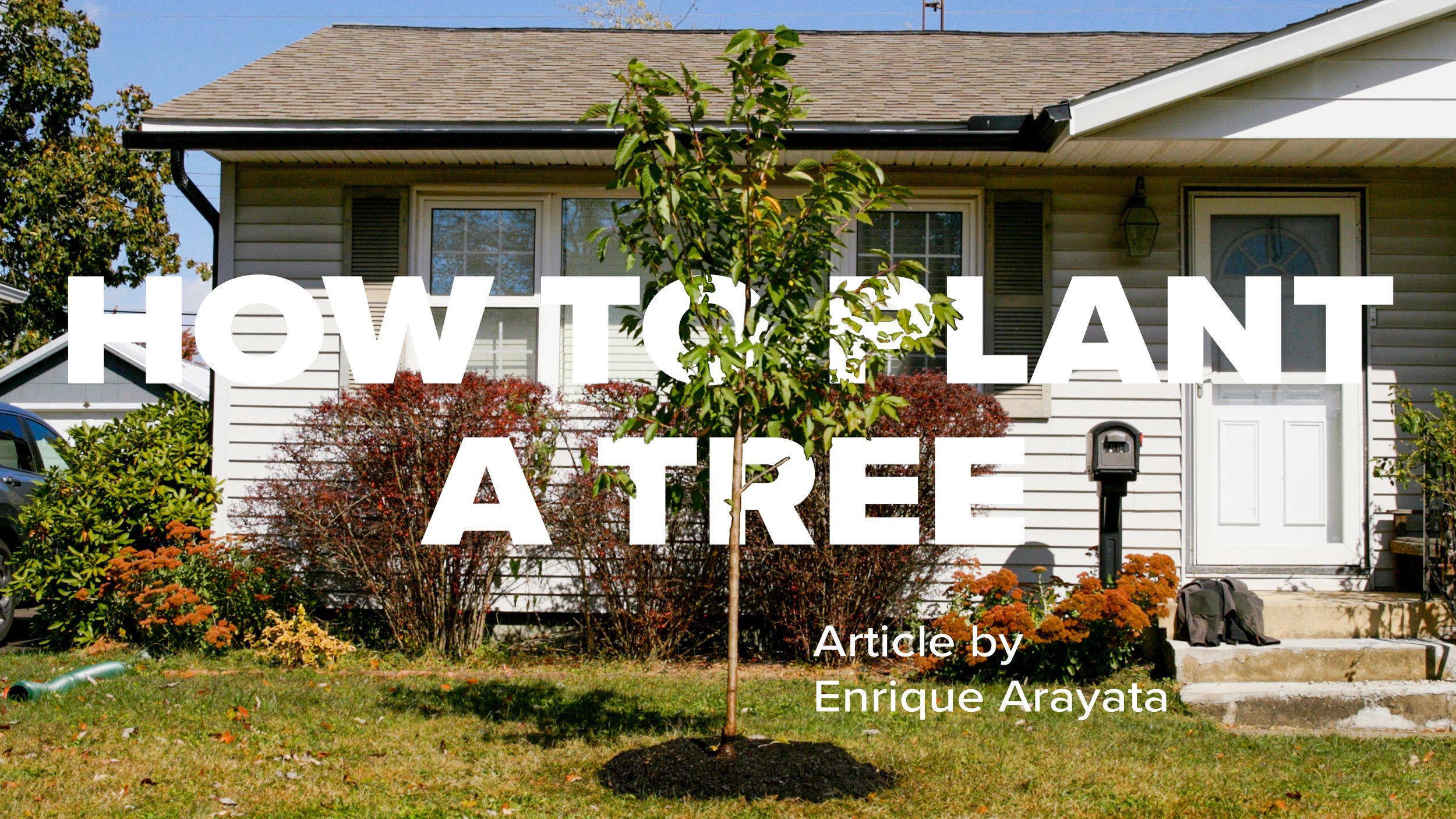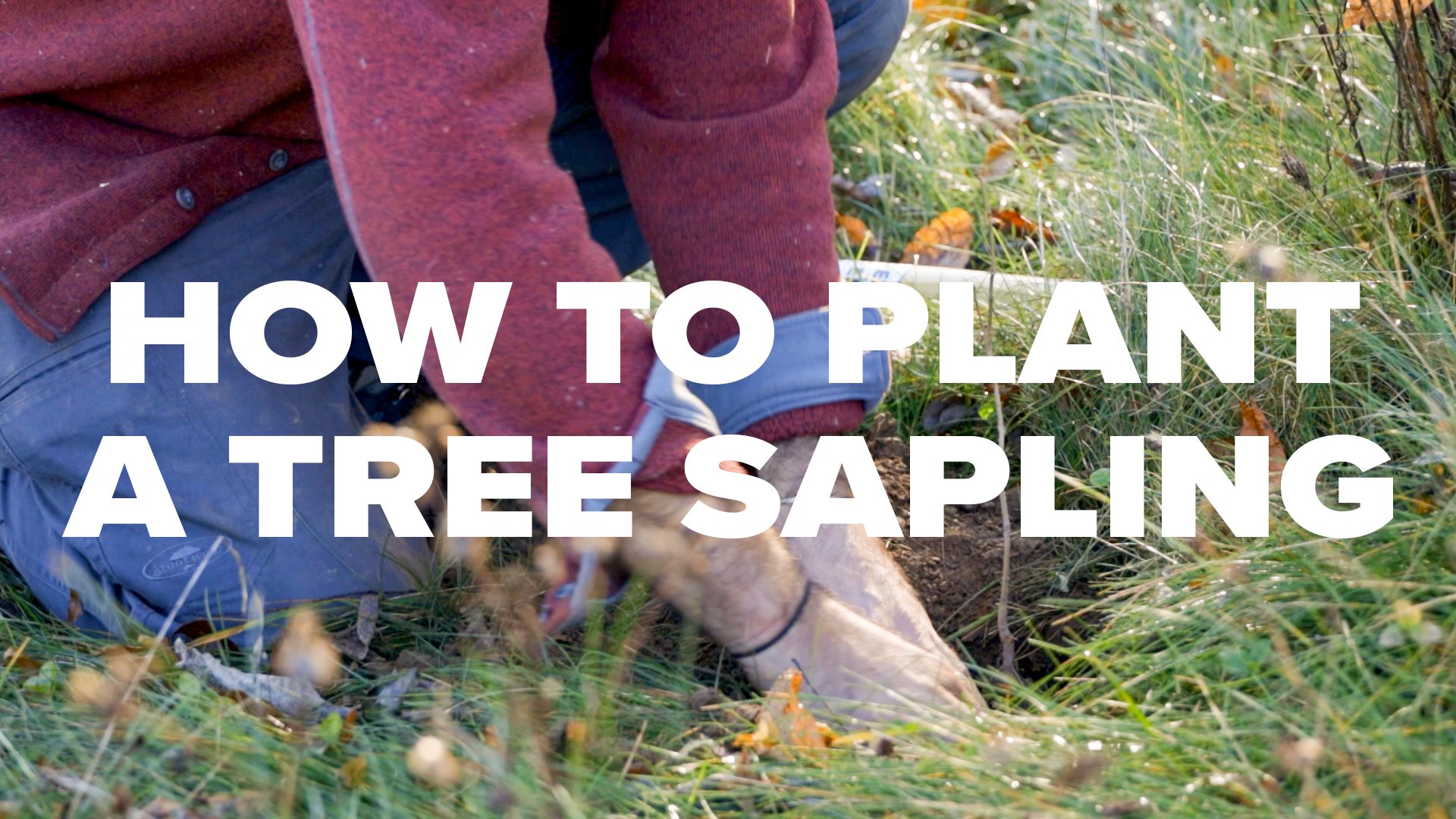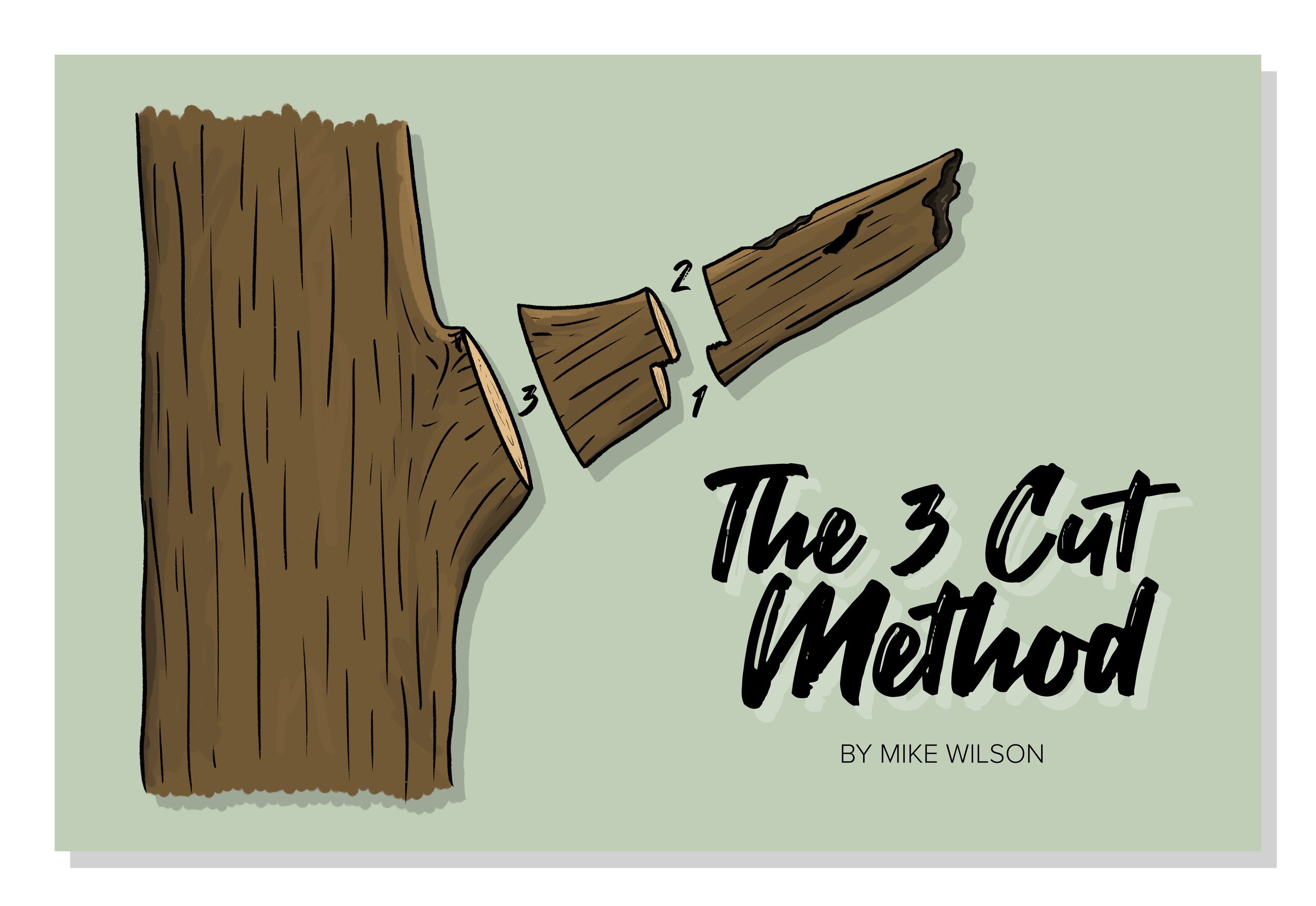Dear Reader,
My introduction into the horticultural world was working at a small retail nursery in the early 2000s. Back then, when a customer would ask for an easy to grow, low maintenance, no brainer plant, boxwood is what we would often recommend. Fast forward twenty years and today boxwood have to contend with boxwood leaf miner, boxwood psyllid, spider mites, volutella stem canker, winterburn, boxwood blight and most recently, a new disease known as boxwood dieback. Historically, Boxwood have been appreciated in the landscape because they are evergreen, deer proof, compact, easy to manipulate and respond well to pruning/shearing. But they are no longer the maintenance free, easy to grow plants they once were. 2023 was a particularly bad year for boxwood in central Ohio and every arborist, landscaper and plant person I know was overwhelmed with calls from desperate clients willing to try anything to restore their boxwood to how they once looked. Many of the boxwood installations I observed this year are beyond preservation. Others will likely recover over the next two to three growing seasons but may look a little rough along the way. Much of the damage that occurred to boxwood this year is a result of the cold weather event we had just before the holiday season of 2022, where temperatures changed from 40 degrees Fahrenheit into the negatives in less than 12 hours. There is no topical spray or any professional service that can be offered to combat this sort of environmental event. And many of the boxwood that were able to survive the initial cold temperatures succumbed later to disease spreading pathogens seeking a stressed and vulnerable host. Even under normal weather conditions, most boxwood require regular applications of insecticides and dormant oils to protect them from insect pests that have taken advantage of their abundance. The best management strategy for the prevention of disease and insect pests on our plants is to use plants that do not get those diseases and insect pests. So as you are wrapping up your Fall landscape plantings or making plans for next Spring, consider something new for your hedges, accent plants and foundation plantings. Here are 10 suggestions for plants to consider with similar characteristics to boxwood.
1. Blue Holly
Blue holly (Ilex x meserveae) is a hybrid between the cold hardy Asian prostrate holly (Ilex rugosa) and English holly (Ilex aquifolium). It is one of my personal favorite evergreen shrubs and has lustrous dark green/blue leaves and dark red berries on female plants that ultimately feed the robins and mockingbirds around late winter to early spring. Individual plants form a shrubby upright to pyramidal habit and can grow 8 to 12 feet in height by 6 to 8 feet in width. Blue holly (Ilex x meserveae) can easily be pruned into hedges and can be kept at any height or width with minimal, annual pruning. They are cold hardy to -20 degrees Fahrenheit and adaptable to both full sun or partial shade. Several cultivated varieties of this hybrid exist with my personal favorites being Blue Princess and Blue Prince.
NOTE: Holly plants require a male pollinator to achieve fruit. Make sure to include at least one male plant (like Blue Prince), and possibly more depending on the size of your Holly plantings to improve fruiting.
Negatives: Blue holly (Ilex x meserveae) can have significant leaf burn when temperatures drop below -10 degrees Fahrenheit (although established plants recover quickly in the Spring). They are susceptible to phytophthora (root rot) in poorly drained sites and deer browsing during the winter when snow persists for days at a time.
2. Privet
Privet (Ligustrum spp.) is a densely branched shrub with dark green to yellowish green leaves that can easily be manipulated into rounded plants and hedges. Privet (Ligustrum spp.) is fast growing and adaptable to a wide range of soils and growing conditions; I’ve observed many well kept privet hedges that would give boxwood a run for its money during the spring or summer. The foliage persists late into the fall often turning purple but is not evergreen. There are no serious disease or insect problems and oftentimes plants seem to thrive with neglect. Several different species and many different cultivars exist for a range of size, texture and leaf color.
Negatives: Privet (Ligustrum spp.) is not native to central Ohio and can easily spread by seed into native areas and out compete native species. They are also not evergreen.
3. Wintercreeper euonymus
Until recently I have always considered this species of euonymus to be best used as a ground cover or climber on a tree or trellis. More and more though, I’m seeing it in the landscape pruned into a very small and cute hedge or sculpted into 1 to 2 feet tall and wide mounds looking very similar to boxwood. Euonymus in general is fast growing and adaptable from full sun, to full shade, and to just about any landscape situation that isn’t a swamp. Leaves are evergreen most winters (leaf drop can occur when temps drop below -20 F) and there are dozens of cultivated varieties for leaf size and color. I’m partial to the green and white variegated cultivar ‘Emerald Gaiety.’
Negatives: Wintercreeper euonymus (Euonymus fortunei) is not native and can easily naturalize and take over unmanaged native areas. They can be susceptible to euonymus scale and difficult to treat successfully once a population is established.
4. Spirea
There are several species and dozens of different cultivars of spirea that mimic the compact and rounded habit of boxwood. They can be grown as separate plants, planted in masses or managed as a hedge. Spirea can grow in most landscape situations and will perform well in any soil that is not excessively wet. Spirea are easy to grow, have little insect or disease problems, respond well to pruning and shearing, and are cold hardy and adaptable to full sun and partial shade. Spirea are deciduous but even without leaves, the stems and twigs are so dense that the structure of the plant still provides texture and interest in the winter landscape.
Negatives: Spirea are not evergreen. They can get powdery mildew but it has little impact on the overall health of the plant. Spirea may also be somewhat overused in the landscape but for good reason - it is almost impossible to kill.
5. Japanese HollY
Japanese holly (Ilex crenata) is another compact evergreen shrub with a rounded habit and dark green foliage through the growing season and through the winter. They can grow 3 to 5 feet in height and width, although I have observed larger plants in arboreta. Japanese holly (Ilex crenata) is cold hardy to - 20 degrees Fahrenheit and adaptable to both full sun or partial shade. They respond well to pruning/shearing and can be used in hedges, foundation plantings, or in masses. Several different cultivars are available for different sizes, colors, and superior cold hardiness.
Negatives: Japanese holly (Ilex crenata) is slow growing and not tolerant of high pH soils. They are a preferred host to spider mites during extended periods of drought. Japanese holly (Ilex crenata) is not well known in Ohio and could be difficult to source. I would avoid using the upright cultivar ‘Sky pencil’ unless in a warmer protected spot with exceptionally well drained soil.
6. Globe arborvitae
Globe arborvitae (Thuja occidentalis ‘Globosa’ or ‘Little Gem’) is a compact and rounded form of our native eastern arborvitae. Its leaves are bright green in the spring and summer but turn more bronze or yellowish green during the winter months. Globosa arborvitae is a dwarf form and matures to only 5 to 6 feet tall and wide. They are very adaptable to different soil types and respond well to pruning and shearing. Globosa arborvitae can be used as a specimen plant or accent plant as well as in hedges or foundation plantings. Little gem arborvitae has essentially the same habit as globosa arborvitae but are smaller, maturing to a height of about only 3 feet tall. Either cultivar will perform well from full sun to partial shade (but they should have at least a half day of sunlight).
Negatives: Deer will eat arborvitae to bare wood when hungry. They are also a preferred host to bagworm and spider mites.
7. Yew
Yew (Taxus spp.) is a hardy and easy to grow evergreen shrub. I use them primarily for screening in the parts of my garden that receive less sun, but they can be easily manipulated and sculpted into tight hedges, mazes, and formal shapes in the same fashion that we often treat boxwood. Yew are very adaptable and urban tolerant and can withstand almost any amount of pruning. They will grow well in sun and shade and have few disease or pest problems. If they are used as an alternative to boxwood, I recommend the cultivars ‘Runyan’ or ‘Densiformis’.
Negatives: Yew are susceptible to deer browsing
8. Japanese Plum Yew
Japanese plum yew (Cephalotaxus harringtonia) is similar to yew, but with longer and glossier needles. I have planted this in more than one rural location and my experience so far is that deer will not touch them. Japanese plum yew (Cephalotaxus harringtonia) should be considered by anyone that likes yew but has given up because of continual deer damage. There are several different cultivars selected for a range of different sizes and habits but ‘Duke Gardens’ is the cultivar I recommend for central Ohio gardens and for anyone wishing to experiment with using Japanese plum yew (Cephalotaxus harringtonia) to replace boxwood. This cultivar matures to approximately 2 to 3 feet in height, approximately 3 to 4 feet in width and is cold hardy to - 20 degree fahrenheit. There are no serious pest or disease problems.
Negatives: Straight species is not cold hardy in true zone 5 winters (winters that reach -20 F). I observed significant winterburn in the plants in my garden from the cold snap we had just before the holiday season of 2022.
9. Inkberry
This is one of the boxwood alternatives that I think has the most potential. Inkberry (Ilex glabra) is native to the east coastal plains of the US and is a compact evergreen shrub with lustrous, dark green leaves during the growing season. Foliage can bronze somewhat during the winter months. Without pruning, inkberry (Ilex glabra) can reach heights of 6 to 8 feet tall with a width of 8 to 10 feet wide. Female plants can produce a small, pea-sized black berry (hence the name inkberry) that is edible to birds. Inkberry (Ilex glabra) performs well from full sun to full shade (foliage density is better with at least 5 to 6 hours of sunlight) and is cold hardy to - 20 degrees fahrenheit; although I have observed winterburn in exposed plants during winters with temperatures that have dropped below zero for extended periods of time. Inkberry (Ilex glabra) responds quite well to heavy pruning or shearing and has strong regenerative growth in established plants. They can easily be used as individual specimen plants or in hedges. I recommend using the cultivars ‘Cape Cod’ or ‘Compacta’ if available. These selections maintain a more rounded and compact habit with less pruning.
Negatives: Inkberry (Ilex glabra) is not tolerant of excessively high pH soils and plants can lose lower leaves and become quite leggy if not well managed. I have observed significant deer browsing during periods of extended snow cover in landscapes with a high deer population.
10. Canadian Hemlock
Canadian hemlock (Tsuga canadensis) is one of my favorite evergreen trees. It is a native and graceful evergreen tree with glossy dark green needles that also responds well to aggressive pruning. When my wife and I moved into our current home in 2008, we planted 36 Canadian hemlock (Tsuga canadensis) on 5 foot centers around the perimeter of our front and side yards. We keep these plants sculpted into a tight 6 feet tall by 3 feet wide pyramidal shaped hedge which we prune once a year in the late spring, approximately a month after new growth has pushed out. This could make an excellent replacement for a tall boxwood hedge.
Negatives: Canadian hemlock (Tsuga canadensis) is susceptible to deer browsing during the winter months with extended periods of snow. They are a preferred host to spruce spider mites when under stress. Canadian hemlock (Tsuga canadensis) also have poor tolerance to drought.
These 10 plants are just the beginning of the conversation regarding boxwood alternatives. There are dozens of other cultivated varieties of chamaecyparis, juniper, spruce, pine, fir, leucothoe, etc that could fulfill the same niche in many of our gardens. I believe there is a perfect substitute out there for every plant. The perfect substitute for your needs will depend on your individual situation and landscape.
Sincerely,
TJ Nagel I Scheduling Production Manager, Russell Tree Experts
TJ loves trees. He is an avid gardener and plant collector. TJ graduated from The Ohio State University with a B.S. in Agriculture with a major in Landscape Horticulture and minor in Entomology. TJ is an ISA Board Certified Master Arborist and well versed in Plant Pathology. TJ joined Russell Tree Experts in 2012.
Illustrations by Kenny Greer, Russell Tree Experts

